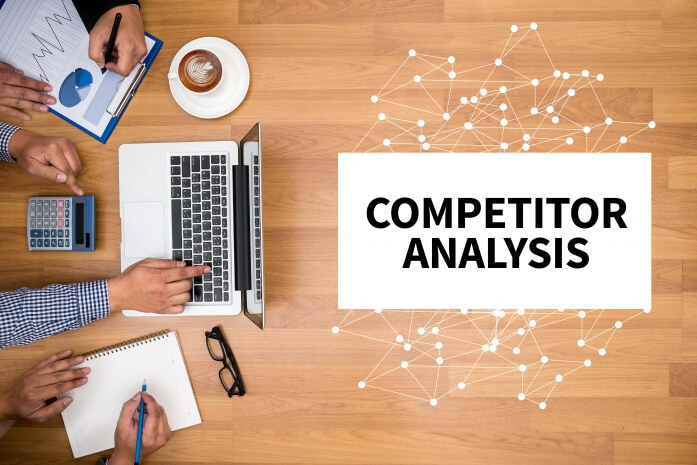Analyzing Your Key Competitors

“In the dark of the night, every cat’s a leopard.” This old Indian saying provides great insight into enterprise selling, because it reminds us how important it is to identify the information that matters most about our key competitors… We must know them, prioritize them, and account for them. That means conducting a truly effective, and customized, competitive analysis. Unfortunately, most research sales teams do in this area falls far short of the mark.
This is because competitive analysis usually comes in one of only two flavors. First, there’s the broad-horizon competitive outlook undertaken in the business planning stage, typically to validate a strategic initiative’s viability. This information is interesting but quite general, and not helpful regarding a particular competitor in a specific deal.
The other common analysis theme involves extensive investigation and the collection of mounds of data – basically, anything and everything we can track down about a competitor. This yields a deep and wide view but lacks the focus to provide the ammunition we need for specific situations. Even if we have the time, energy and resources for such deep competitive dives, much of what we uncover will go unused. And if you conduct a deep dive on every potential competitor, you won’t be leaving yourself much time to do anything else!
So what’s the answer? How can you turn on the lights to see if the cat that’s lurking in the shadows is a leopard or a Siamese kitten?
The answer is simple: choose a third flavor. Start with a targeted framework, identifying these ten critical competitive focus areas:
- Facts Relevant to This Pursuit
- Products/Services
- Performance
- Markets
- People
- Positioning
- Value Proposition/Pricing
- Accounts
- Strengths/Weaknesses
- Plans
With this approach, we focus on only the information that is particularly relevant regarding our connection to a specific competitor in a specific situation. Information that is, in a word, impactful. In enterprise selling, you have to be laser-focused. Sales teams can’t afford to waste time on unnecessary education. They need to focus on the information that helps win deals.
Consider the “People” section in the framework I’ve just shared. Some data-driven templates dictate deep dives into org charts, and research into all of the very top executives. If each of the competition’s C-levels are truly relevant to your pursuit and directly impact your success, that’s appropriate. But often, that’s not the case, and your specific situation will likely require you to focus on others: perhaps a sales rep you frequently face or a vertical expert with deep experience in your target industry. Your ability to understand them and strategize against these key players may well dictate the outcome.
Only you know who is most impactful. Identify them and learn about them. But don’t try to learn about everyone in the organization! This mindset of gathering only truly relevant information applies to the other nine sections as well.
The ten detail areas I’ve shared cover a wide landscape. Some areas, of course, will be more relevant than others – they’ll get less or no focus. That’s how it should be. After populating the ten areas, you move on to actions. In enterprise selling, it’s all about forward motion. No event should be a snapshot in time. Everything must look ahead. With this in mind, craft five or six actions resulting from your work in the sections. Specific, date-bound actions, including responsibility designations. And then, act.
Sandler Enterprise Selling’s Competitor Impact Tool supports, in a step-by-step way, the kind of analysis I’ve shared here, and makes this research process intuitive. The tool is built on a simple, powerful idea: Analyzing competitors is critical, but we must do it in a streamlined, focused, practical way. At the end of the day, it’s not the research we conduct that matters, but the impact arising from the actions we take!
Check out our website to learn more about Sandler Enterprise Selling!








